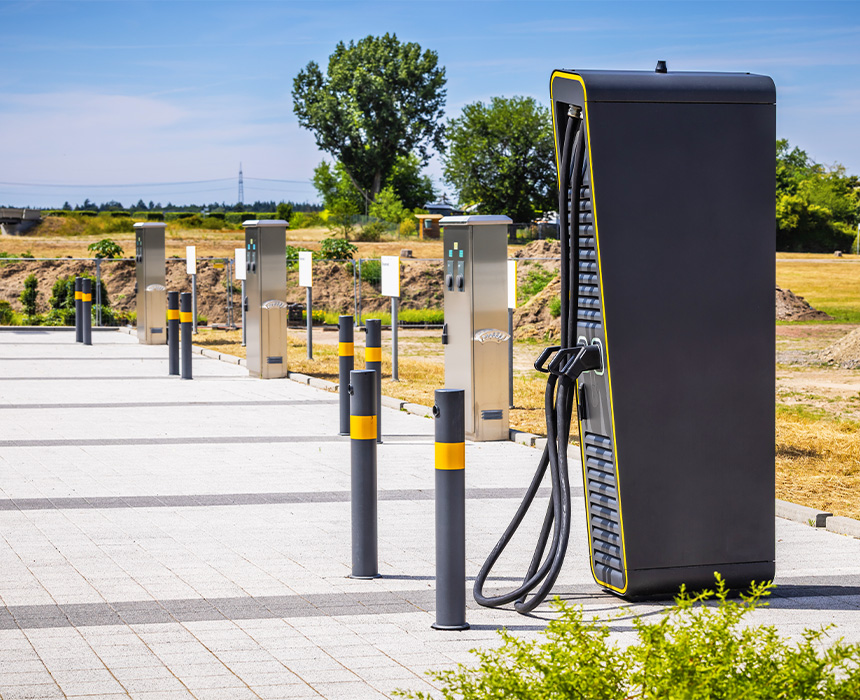Impact of EVs on Urban Planning and Future Trends
The rapid adoption of electric vehicles (EVs) is profoundly transforming urban planning. Today, designing a city no longer means focusing only on roads or public transit systems; it also requires integrating charging infrastructure, energy management, sustainable mobility, and smart technologies. EVs are reshaping not just transportation, but also the environmental, economic, and social dynamics of cities.
Charging Infrastructure Integration
For EVs to become part of everyday life, charging stations must be widely accessible. City planners are now incorporating charging points in parking lots, shopping centers, residential areas, and along highways. Fast-charging hubs are strategically located to reduce congestion and improve user convenience.
Smart Grids and Energy Systems
The growth of EVs increases the demand on urban energy networks. Smart grids are essential for balancing this load, while renewable energy integration ensures sustainability. Vehicle-to-Grid (V2G) technology allows EVs to act as both consumers and suppliers of electricity, improving energy security and grid resilience.
Traffic and Parking Management
EV adoption also requires changes in traffic flow and parking solutions. Smart parking systems integrated with charging stations enable drivers to recharge while parking. Some cities are introducing “green zones” accessible only to EVs, improving urban air quality and promoting sustainable living.
Social and Cultural Shifts
Urban EV adoption is driving new social habits. Car-sharing platforms, micro-mobility solutions, and public transport integration are reshaping mobility culture. Ownership is giving way to shared and subscription-based usage models, making transportation more efficient and inclusive.
Future Trends
-
Autonomous EVs will transform public transport and improve road safety.
-
Green Zones will become more common, reducing emissions in city centers.
-
EVs as Energy Assets will help balance urban power grids.
-
AI-driven Planning will optimize traffic flow and charging network distribution.
In conclusion, EVs are catalysts of urban transformation, influencing how cities are built and how people live, work, and move.




